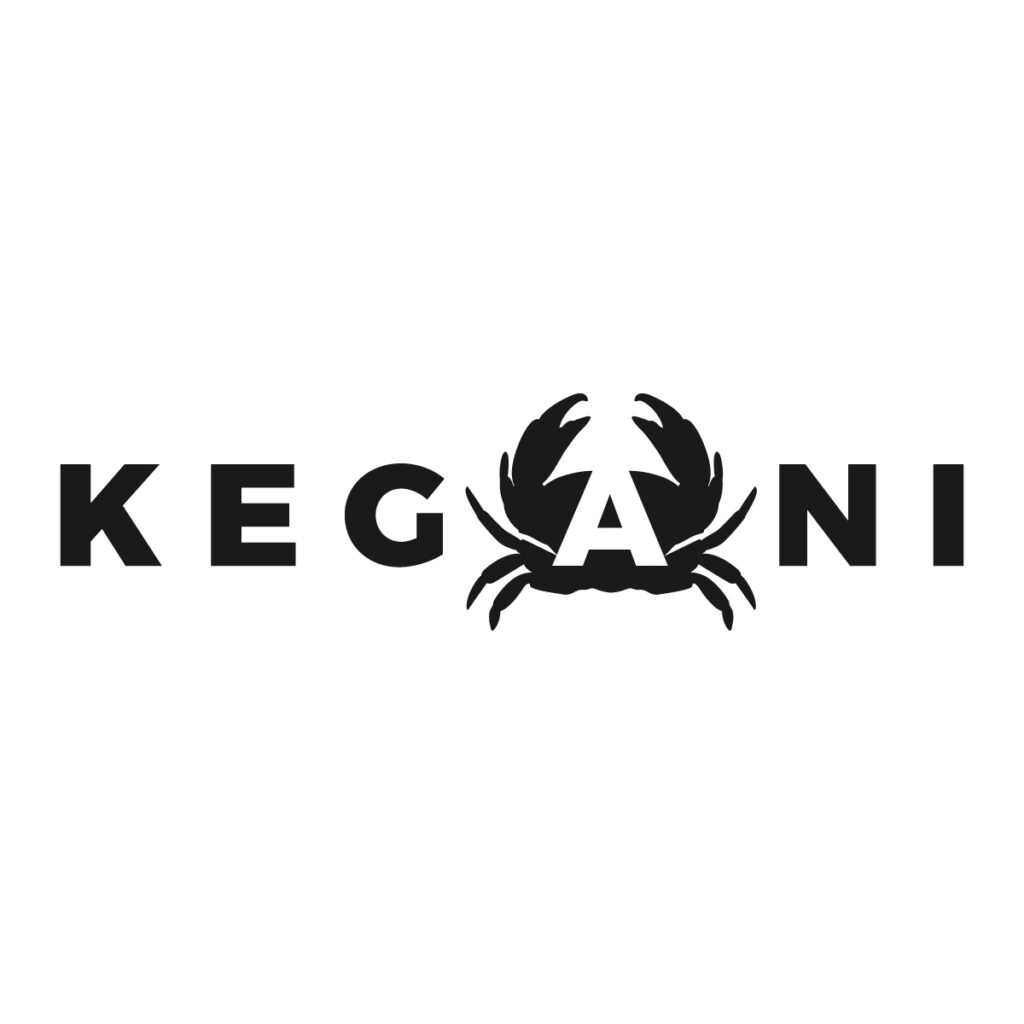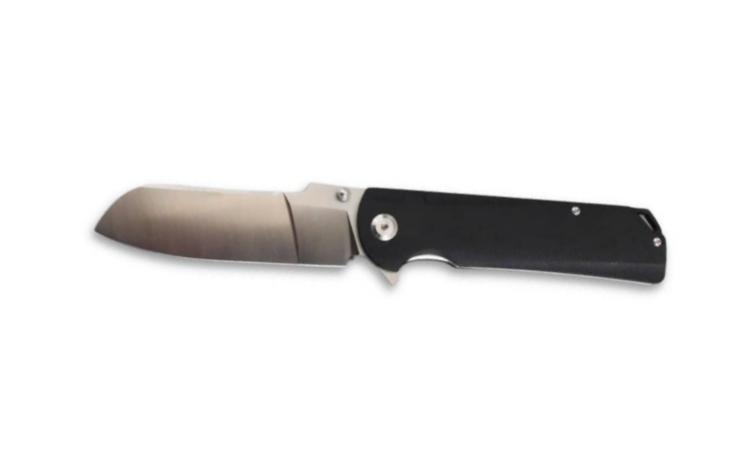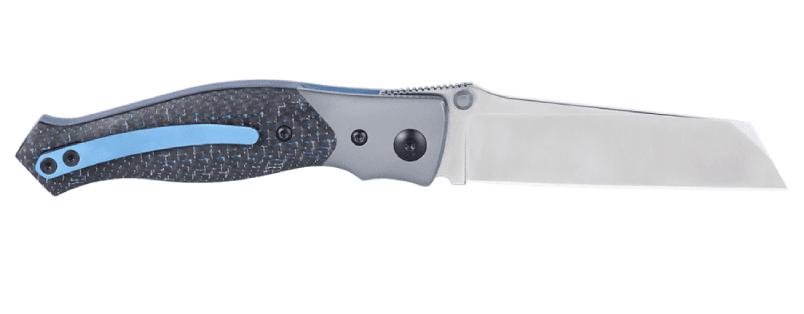Have you ever encountered a knife with a blade that seems almost… blunt? That, my friend, might have been a sheepsfoot blade. It is characterized by a straight cutting edge that curves towards a rounded, unsharpened back, resembling a sheep’s hoof.
While its unique shape might appear unconventional at first glance, the sheepsfoot blade offers remarkable versatility for various tasks.
This comprehensive guide will explore its rich history, unique design, diverse applications, and how it compares to other popular blade shapes.
So, let’s dive in!
What is the origin of the sheepsfoot blade?
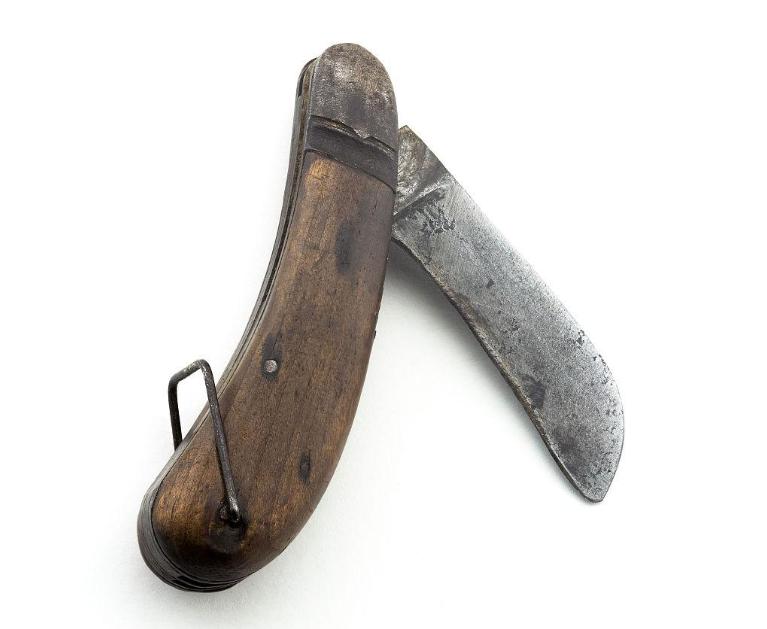
There are many interesting theories about the sheepsfoot blade’s beginnings:
One popular idea is that its name comes from its resemblance to a sheep’s hoof. This makes sense because shepherds and farmers used sheepsfoot blades long ago to trim the hooves of their sheep and horses. The rounded tip prevented any accidental pokes and kept the animals safe.
Another story connects the sheepsfoot blade to the world of sailing. Legend has it that ship captains would break the pointy tips off their sailors’ knives. This was done to stop fights on board and to avoid injuries while working on deck during rough weather. The resulting knives, with their blunt tips, looked a lot like sheepsfoot blades and were much safer to use.
Sheepsfoot blade characteristics
A sheepsfoot knife features a straight edge paired with a blunt back that parallels the cutting line before curving steeply at the tip, forming an angle between 60° and 90°. This design is not a mere aesthetic choice; it’s a carefully crafted feature with several practical advantages.
Pros of the sheepsfoot blade
- Precision Cutting: The straight edge allows for controlled, straight cuts, making it ideal for tasks requiring accuracy.
- Safety: The rounded tip minimizes the risk of accidental punctures, especially for beginners or in tight spaces.
- Strength and Durability: The blade’s shape distributes force evenly making it suitable for tasks that involve applying pressure, such as slicing through tough materials.
- Easy to sharpen: With a straight edge and no curve, the sheepsfoot is one of the easiest blades to sharpen, even for beginners.
Cons of the sheepsfoot blade
- Limited piercing ability: due to the rounded tip
- Less aesthetic variety: the straightforward design of the sheepsfoot blade lacks the flair of some other blade shapes.
Start Working with a Professional Now
Sheepsfoot blade vs. other blade shapes
To truly appreciate the unique strengths of the sheepsfoot blade, let’s explore how it stacks up against other popular blade shapes:
Sheepsfoot vs. Wharncliffe
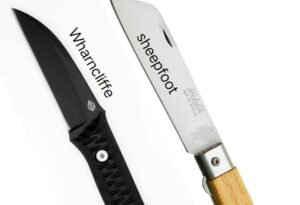
The Wharncliffe blade shares the sheepsfoot’s straight edge, but its spine slopes down to meet the edge at a sharper point. The relatively sturdy tip of the blade is ideal for penetrating tough substances like cardboard, leather, and foam with ease.
However, Wharncliffe’s finer point can be more likely to break compared to the sheepsfoot’s more robust rounded tip. Additionally, the sheepsfoot’s broader, blunt tip not only offers superior durability but also provides a larger surface area for spreading, scraping, and safe cutting tasks like rope work or emergency seatbelt removal, adding to its EDC versatility.
| Feature | Sheepsfoot | Wharncliffe | Lambsfoot |
| Tip Strength | ★★★★★ | ★★★ | ★★★★ |
| Piercing Ability | ★★ | ★★★★★ | ★★★ |
| Push Cutting | ★★★★★ | ★★★★ | ★★★ |
| Safety | ★★★★★ | ★★★ | ★★★★ |
Sheepsfoot vs. Lambsfoot blade
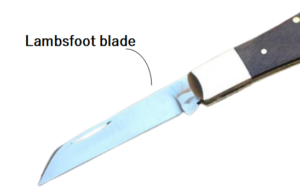
The differences between these two blade shapes are very subtle. The Lambsfoot blade, while still rounded, often exhibits a more pronounced curve towards the tip, creating a slightly narrower profile. This distal taper gives the Lambsfoot a more delicate touch, which can be advantageous for intricate work but may also make it less robust than the Sheepsfoot.
Moreover, the lambsfoot’s pronounced curve can limit its effectiveness in tasks requiring a straight cutting edge, like chopping vegetables or whittling wood, where the sheepsfoot’s design shines.
Sheepsfoot vs. Drop Point
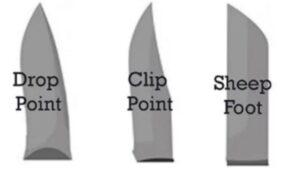
The Drop Point blade offers a good balance between piercing capabilities and slicing efficiency making it is a versatile all-rounder. Yet, the pointed tip can occasionally lead to unintended punctures, a hazard the Sheepsfoot blade elegantly avoids.
The Sheepsfoot blade’s rounded tip preserves the knife’s cutting strength while enhancing safety. Additionally, Sheepsfoot’s design allows for a more comfortable grip, as users can ‘choke up’ on the blade for finer control without the risk of injury.
Sheepsfoot vs. Clip point
The clip point blade, with its concave curve on the spine creating a sharper point, offers a balance of piercing and slicing capabilities. This design is popular in hunting and pocket knives.
However, the clip point’s thinner tip can be more prone to breaking or bending compared to the sheepsfoot’s sturdy rounded design. Additionally, the sheepsfoot’s straight edge provides better control and accuracy for tasks like slicing and carving.
Sheepsfoot vs. Reverse tanto
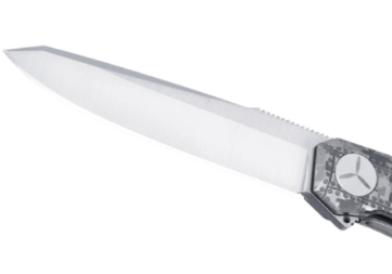
The reverse tanto blade, with its straight edge and angled, almost chisel-like tip, offers exceptional strength and piercing capability. This design is popular in tactical and utility knives, where piercing through tough materials is often required.
However, the reverse tanto’s angled tip can be less conducive to delicate slicing or controlled cutting compared to the sheepsfoot’s rounded design. The sheepsfoot prioritizes safety and precision, making it a better choice for tasks where a sharp point is unnecessary or potentially hazardous.
Below is a side-by-side comparison of the key features of Sheepsfoot, drop point, Wharncliffe, lambsfoot, and reverse tanto blades:
| Characteristic | Sheepsfoot | Drop Point | Wharncliffe | Lambsfoot | Reverse Tanto |
| Tip Shape | Rounded, blunt | Lowered, pointed | Sharp point | Broad, rounded | Angled, chisel-like |
| Piercing Ability | Low | Moderate | Moderate | Low | High |
| Precision Cutting | High | Moderate | High | Moderate | Low |
| Slicing Ability | High | High | Moderate | High (delicate) | Low |
| Safety | High | Moderate | Moderate | High | Low |
| Control | High | Moderate | High | High (delicate) | Low |
| Tip Strength | High | Moderate | Low | High | High |
| Versatility | Moderate | High | Moderate | Low | Moderate |
| Durability | High | High | Moderate | High | High |
Start Working with a Professional Now
Who uses sheepsfoot blade knives
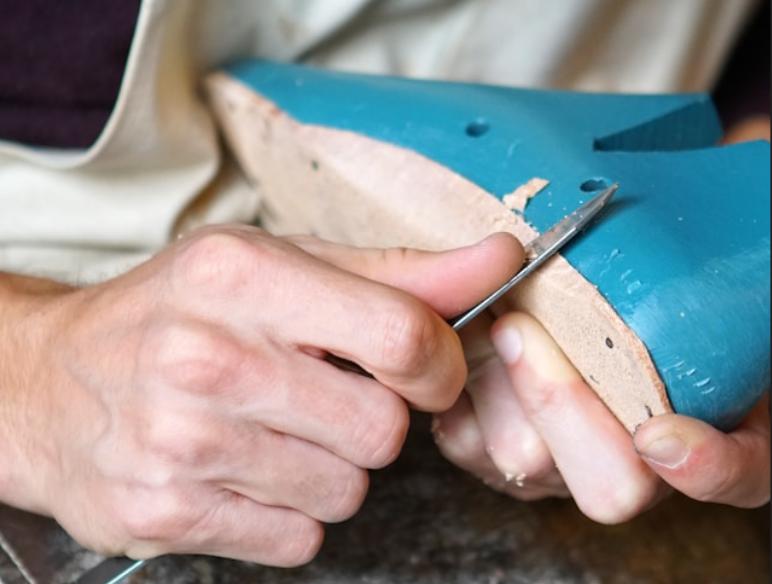
The sheepsfoot blade’s advantages extend its reach far beyond the kitchen and workshop. Its unique design caters to a diverse range of users:
Emergency responders
Emergency responders, such as paramedics and firefighters, often carry sheepsfoot blades as rescue tools. The blunt tip avoids accidentally puncturing a victim while cutting away clothing, seatbelts, or other materials during extrication.
Sailors
For sailers, the rounded tip reduces the risk of accidental piercings on rafts or sails, while the straight edge proves efficient for cutting ropes, lines, and other tough materials. It’s also suitable for tasks like scraping barnacles or cleaning fish.
Chefs
The Japanese Santoku knife often features a sheepsfoot blade profile. The blunt back enables finger-gripping for safe ‘Choking up’ or permits extending a finger over the blade for enhanced precision in intricate tasks. Its design also facilitates the “up-and-down” chopping motion preferred by many Japanese chefs, making it a popular choice for both professional and home cooks.
Woodworkers and leatherworkers
The straight edge allows for clean, consistent cuts, while the rounded tip prevents accidental punctures or tears in the leather or wood. This precision and control make it ideal for both intricate wood carving and the meticulous task of skiving leather for flawless seams.
What is a modified sheepsfoot blade?
A modified sheepsfoot blade keeps the classic sheepsfoot’s long, straight edge and strong spine, but adds a subtle, reinforced tip by dropping/clipping the spine or adding a swedge. Also called a “modern sheepsfoot.”
Key advantages:
- Versatility with light piercing: Starts cuts in cardboard, blister packs, zip ties, hose, and plastics while preserving straight-edge control and easy sharpening.
- Safety–utility balance: Less likely to cause accidental punctures than clip/drop points, yet more functional than a true blunt tip—ideal for EDC and utility knives.
- Strong tip: Stouter and more durable than a Wharncliffe’s fine point.
Trade-offs:
- Slightly less “poke-proof” than a rescue-style, traditional sheepsfoot.
- Less piercing power than a reverse tanto or clip point.
Best uses/users: Everyday carry, warehouse/logistics, electricians and techs, DIY, rope/strap cutting, scoring drywall/cardboard, plastics and foam.
Quick comparisons:
- vs classic sheepsfoot: more piercing, slightly less safety; same straight-edge precision and simple maintenance.
- vs Wharncliffe: stronger tip, a touch less needle-like precision.
- vs drop point: safer and slicier on a flat plane; not as strong for deep thrusts.
If you want sheepsfoot precision with a usable tip for everyday tasks, the modified sheepsfoot blade is one of the most practical, balanced EDC blade shapes today.
Frequently asked questions
Is a sheepsfoot blade good for self-defense?
Sheepsfoot blades are not primarily designed for self-defense due to their rounded tip, which lacks the piercing capability of pointed blades like daggers or tanto knives.
However, their sturdy construction can make them a viable last-resort tool in emergencies. For example, the blade’s robust edge could be used to block or deflect an attack.
Still, for self-defense, blades like spear point or clip point are better suited due to their sharp tips for thrusting. If personal safety is a priority, consider purpose-built self-defense tools or training in non-lethal techniques.
What is the most useful knife blade shape?
The “most useful” knife blade shape depends on the user’s specific needs, but the drop point blade is often considered the most versatile due to its balance of piercing and slicing capabilities. Its curved spine and sharp tip make it ideal for a wide range of tasks, from outdoor activities to everyday carry. For example:
- Camping/Hunting: A drop point excels at field dressing game or cutting kindling, as its pointed tip can pierce tough hide while the curved edge slices efficiently.
- Everyday Tasks: It handles opening packages, cutting rope, or preparing food with ease, making it a favorite for EDC (everyday carry) knives.
- Comparison to Sheepsfoot: While a sheepsfoot is superior for precision slicing and safety (e.g., in rescue or food prep), it lacks the piercing ability of a drop point, limiting its versatility in tasks requiring penetration, like survival scenarios.
However, for specialized tasks like woodworking or rescue operations, a sheepsfoot might be more useful due to its precision and safety. Ultimately, the best blade shape aligns with your primary use case—drop point for general-purpose, sheepsfoot for controlled cutting, or tanto for tactical piercing.
How do you sharpen a sheepsfoot blade?
Sharpening a sheepsfoot blade is straightforward because of its straight edge, which allows for consistent angle maintenance. Here’s a step-by-step guide:
- Choose a Sharpening Tool: Use a whetstone (1000/6000 grit for fine sharpening) or a honing rod for quick touch-ups.
- Set the Angle: Maintain a 15-20° angle between the blade and the stone, aligning with the blade’s factory bevel.
- Sharpen the Edge: Slide the blade across the stone in smooth, even strokes, covering the entire length. For example, start at the heel and move to the tip in one fluid motion.
- Hone and Test: Use a leather strop or honing rod to refine the edge, then test sharpness by slicing paper cleanly.
Regular maintenance ensures the blade stays razor-sharp for tasks like slicing tomatoes paper-thin or trimming fishing line.
Having sheepsfoot blade knives in your arsenal
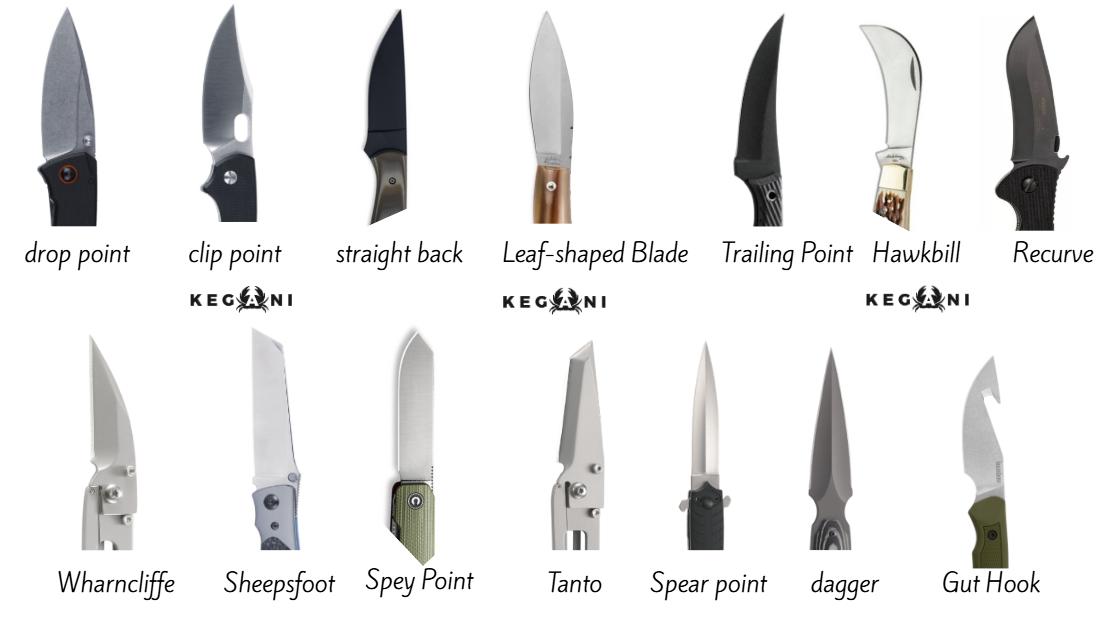
As we’ve explored, the sheepsfoot blade offers a unique blend of precision, safety, and versatility, making it a valuable asset for various tasks and users.
If you’re looking to expand your knife offerings or explore the world of sheepsfoot blades, consider sourcing from China, a hub for quality knife production. Kegani, with its expertise in wholesale, OEM, and private label services, can be your trusted partner in bringing premium sheepsfoot blade knives to your customers.
Contact Kegani today for a free quote and discover how we can help you navigate the world of knife manufacturing and bring the exceptional cutting performance of sheepsfoot blades to your market.
